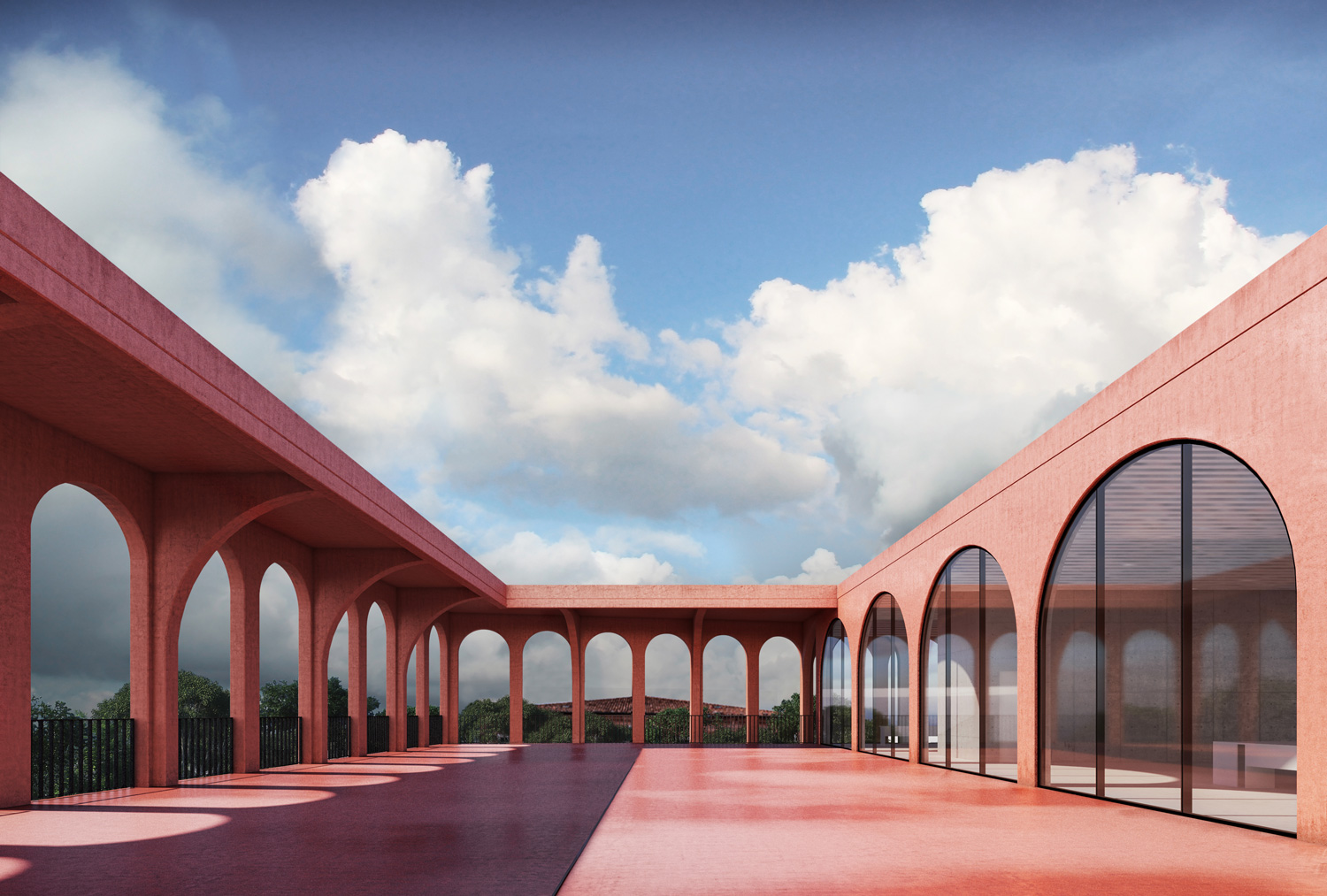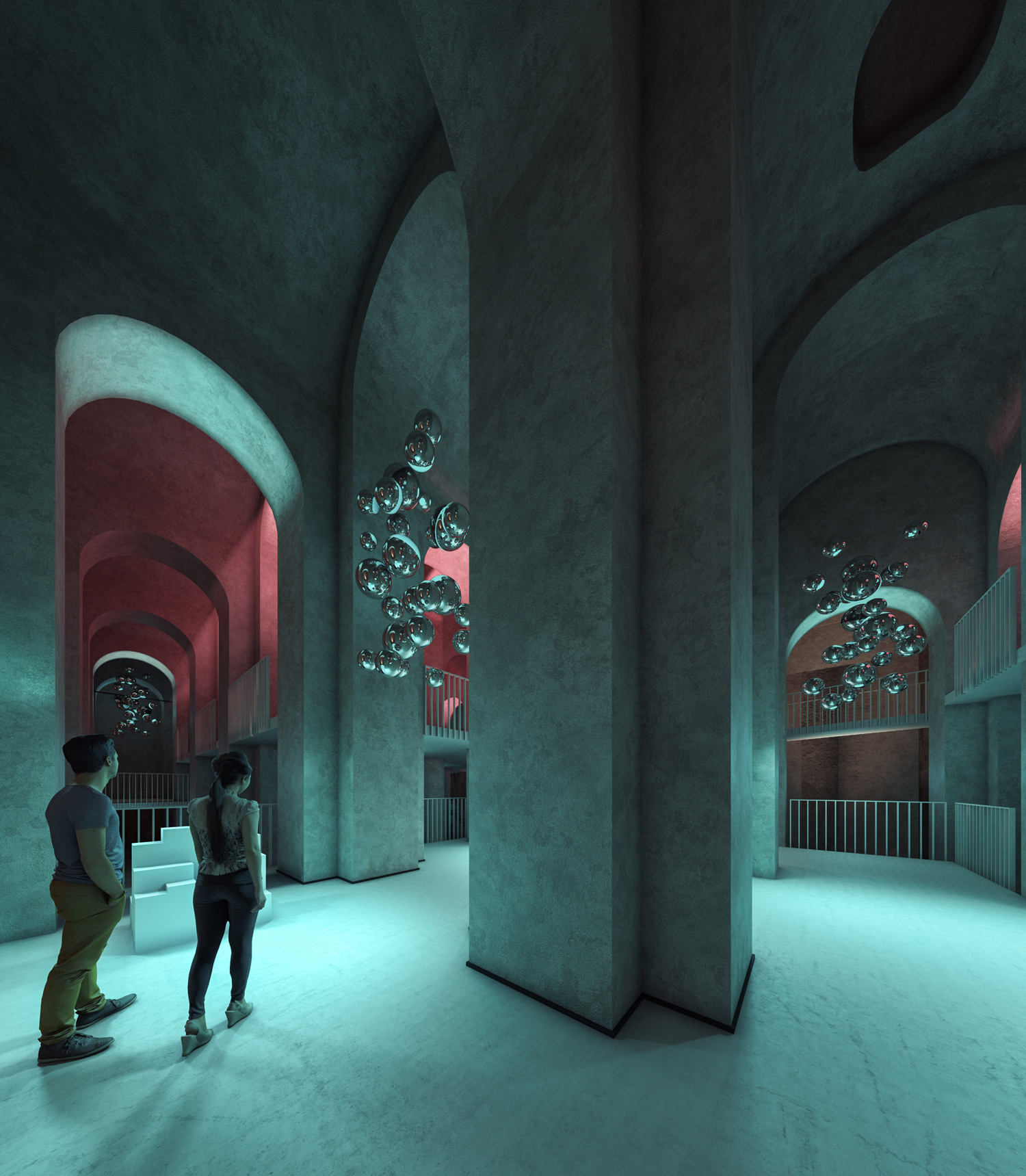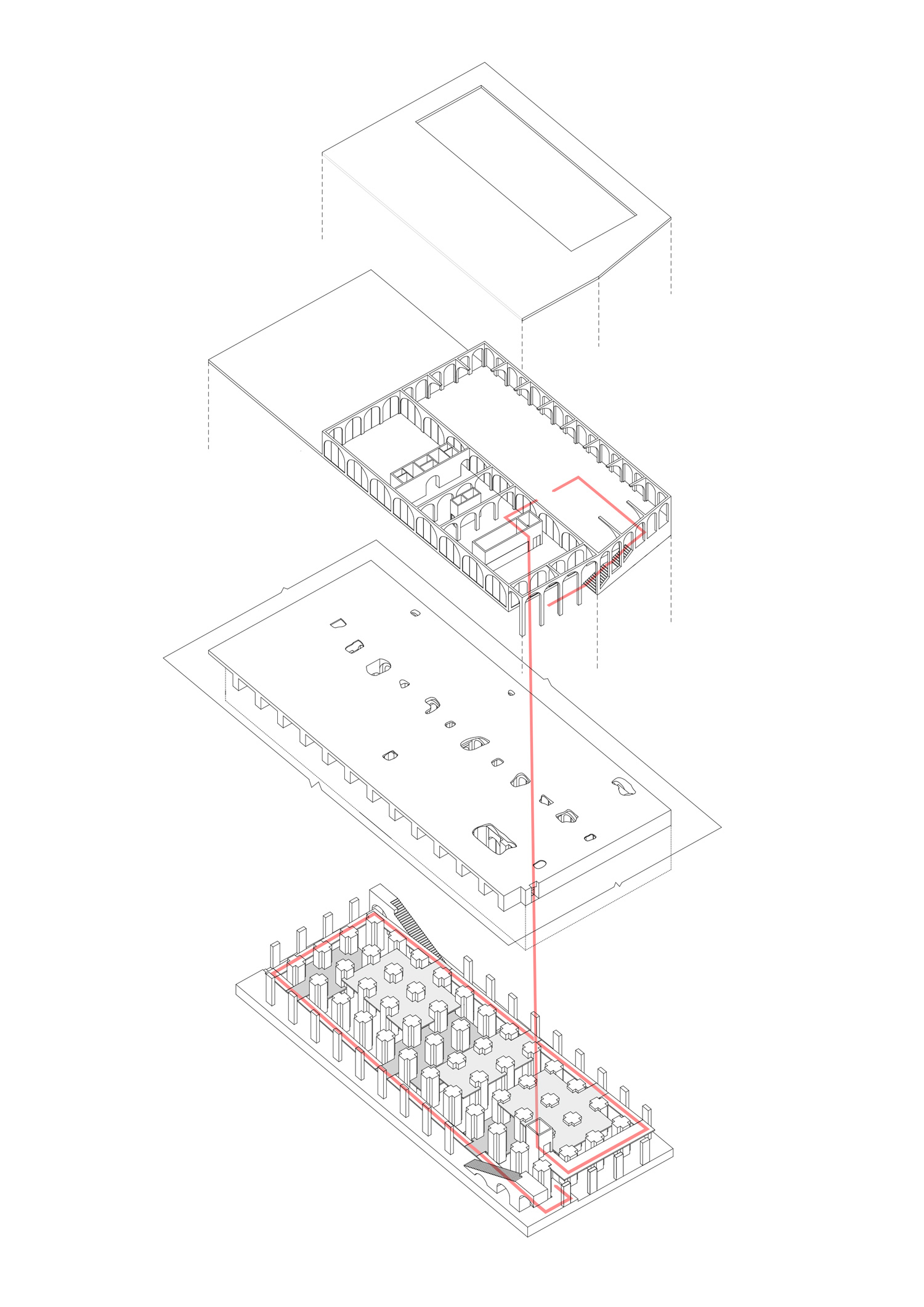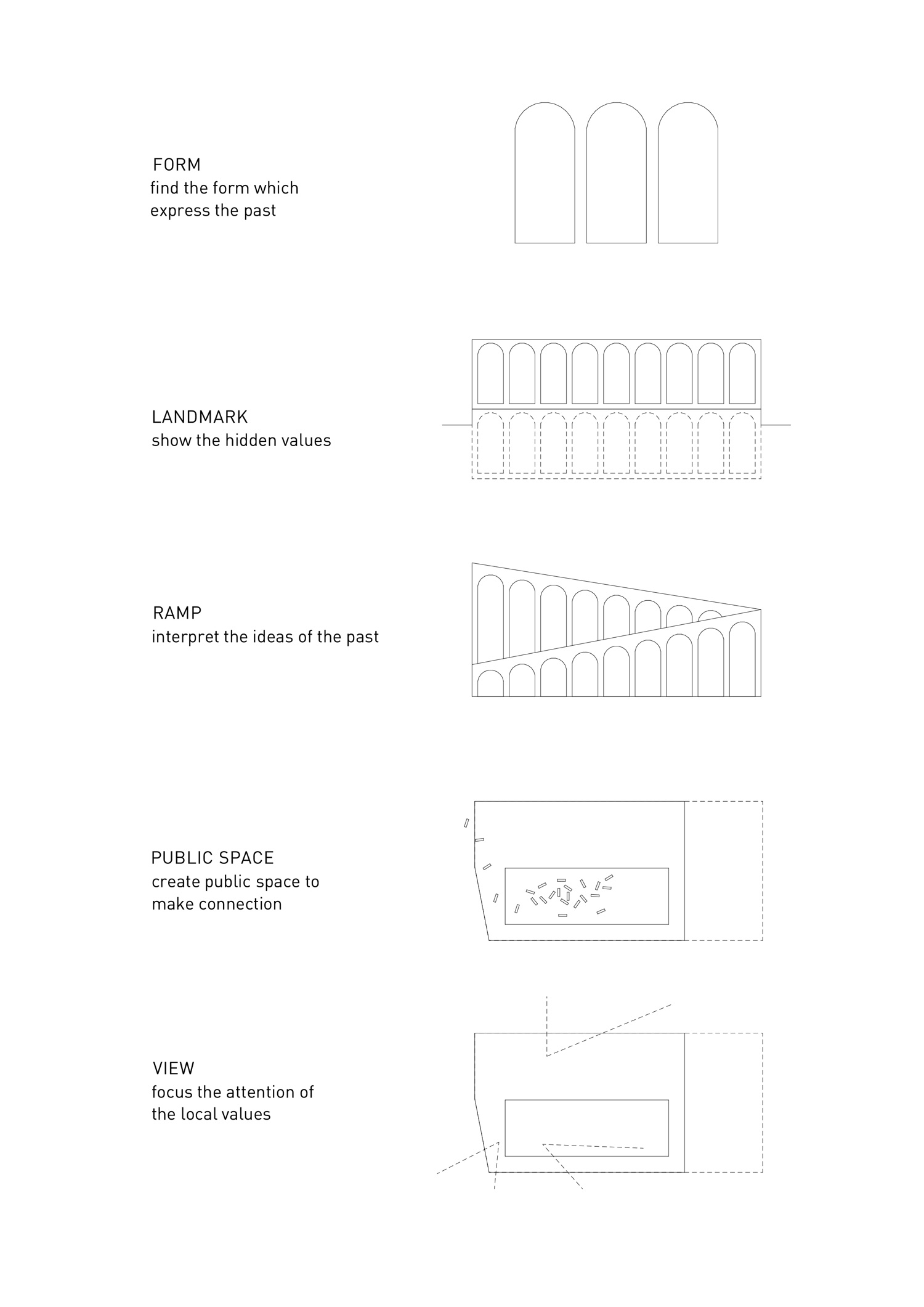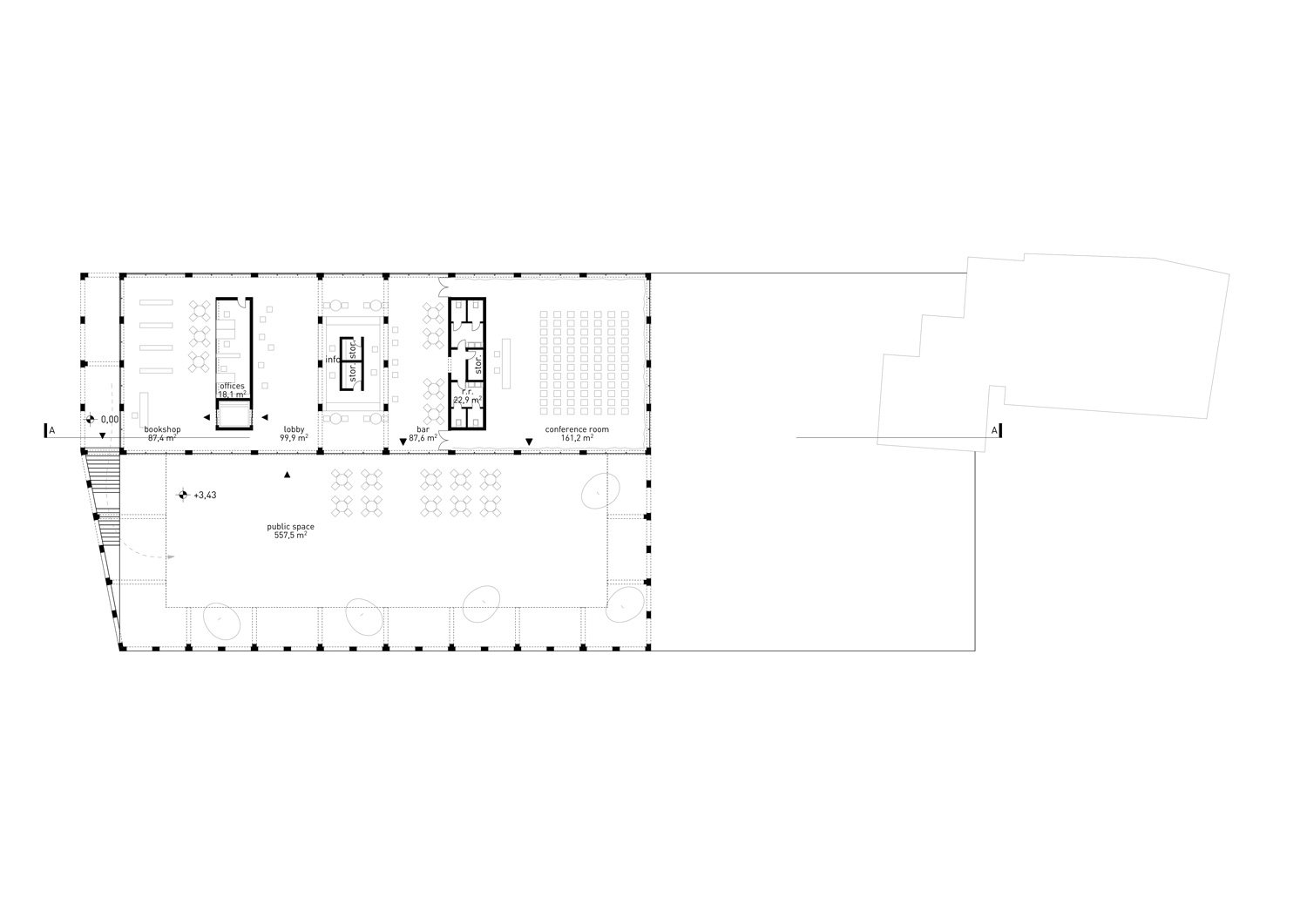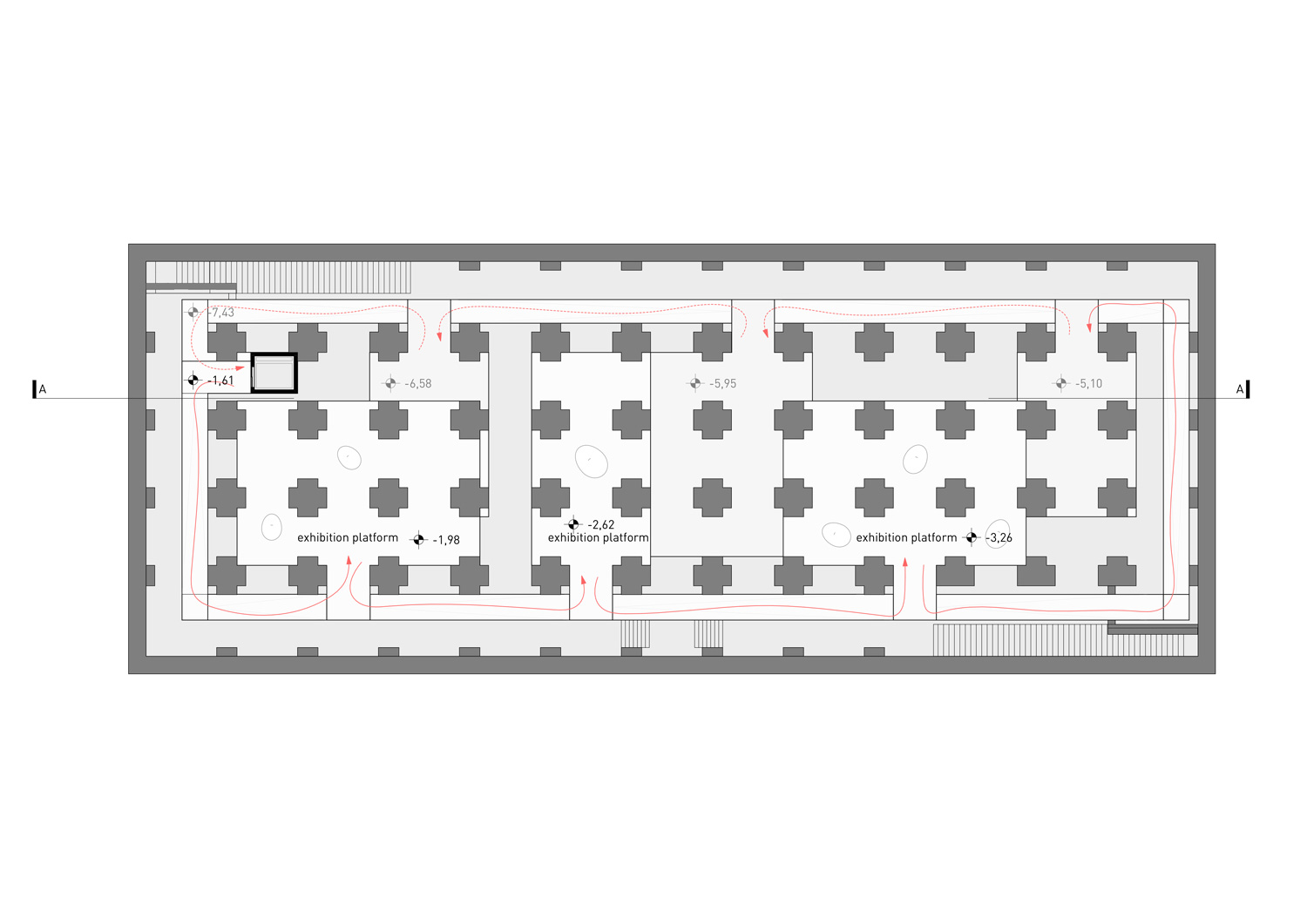2864-TCS-IT-2020
Client: Reuse Italy
Status: Competition (2020)
Location: Bacoli, Italy
Coordinates: 40.795378, 14.079961
Climate: Mediterranean, Temperate
Materials: Concrete, Stone
Environment: Old town
Visualizer: Studio
Scale: 1.230 ㎡ Medium
Types: Cultural, Museum, Refurbishment
Places of historical significance have always played an important role in human culture, and due to their use and location, they have received special attention. With the passage of time and the development and change of civilization, places can be given a new meaning and a new purpose. Architecture must respond to these changes with honest gestures to create continuity over the time. There is no different for Piscina Mirabilis. The original function of the former grandiose building no longer fulfills its role in the modern age, instead it can provide a venue for new possibilities, as a museum.
The proposal analyses and adapt the spatial organization of the existing cistern and the operation principle of the Roman aqueducts and uses it to design the new contemporary museum. The building located in urban fabric, has been tightly embedded in its surroundings over the centuries. Due to its location, it offers a view of its wider surroundings. Due the project area is limited to the contour of the reservoir, an arrival, public space can be created on the top of the cistern. Whither to the visitors manage to through a gate and stairs. The public space created here, forms a transition between the narrow streets and the new museum building.
The main staircase and the arcaded square, which serves as a public space, welcome the visitors before entering the
museum. This square also offers the opportunity to organize outdoor exhibitions and other cultural events. In the upper pavilion takes place the foyer, the cafe, the bookshop, the offices and the conference room. The spatial organization principle of the pavilion refers to the spatial structure of the reservoir. The building volume above the reservoir, houses the functional spaces included in the program, which, due to their location offer a great view of the bay and the mountains.
The building volume which placed on the upper platform, acts as a Landmark, presents the classical form elements and design principles of the reservoir, in this way the museum become a visibale place from the surroundings.
Spatial organization
In the entrance zone an elevator leads from the lobby to the cistern and in the end of the exhibiton path the visitors can return to the bookstore and the lobby with this elevator aslo. The exhibition space is in the cistern. Its spatial organization was insipered by the Roman aquaducts, starts from a high point and arrives at a deeper point during the path of the exhibition. This path giudes the visitors through the pillared space from top to depth, where the elevator provides return to the upper departure level.
The visitors can walk along a continuous ramp between the pillars, to which the exhibition platforms are connected and the artworks and the building space can be viewed. In this way, the cistern space revealed from different heigths from the floated platforms, resulting an exciting and varried spatial experience.
Structures
The upper pavilion is placed a load distribution slab to keep the new volume removable and protect the existing structure. This volume and the arcaded courtyard are designed of terracotta-colored exposed concrete, which matches the typical color usage of the area, and refers to the building material of the two-thousand-year-old cistern, the brick, while emphasizing the boundary between old and new structures.
The main design consideration in case of the cistern structure was to retain the existing structural elements and create place for the exhibition function with minimal interventions. The ramp and the exhibition platforms connect directly to the existing structure by a steel frame, which is fixed to the brick pillars, minimizing the amount of structural elements and keeping the architectural emphasis on the cistern structure. In this way the old and the added new elements creates a varied environment.

